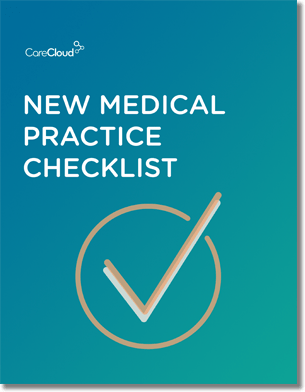ELECTRONIC HEALTH RECORDS: SAFER THAN PAPER?
The medical field appears to evolve rapidly as it utilizes EHRs (Electronic Health Records) thanks to its perceived efficiency and ease of access. Nonetheless, some practitioners still stick to paper records for fear of data security. There have been innumerable instances where data has been leaked; hence, whether cyber records are better than the soft copy is more crucial than ever. This leads to a much more complicated question: Are paper records safer than electronic medical records? To be able to answer this, one has to first appreciate the complexities surrounding data privacy, management, and governance in today’s ever-changing industry.
Paper vs processor
EHRs can be considered an ‘evolution’ of the traditional ‘chartered’ patients, which is more of an improvement in the organization’s efficiency in patient health. With EHRs, health workers can remotely access, control, and exchange patient information, improving service quality. Paper records are sometimes tedious and impractical in providing updates and information, which is not the case with EHRs as things change in real-time, and multiple parties can view a particular patient’s data simultaneously.
Advantages of EHR Security
Electronic health records (EHRs) are neither completely safe nor entirely unsafe; their security largely depends on the measures implemented to protect them. While no system can be deemed secure, adhering to the best practices outlined in the HIPAA security rule significantly minimizes the chances of a security compromise.
Encryption
Encrypted electronic health records (EHRs) are unreadable. They are coded and require special keys, making them useless for robbery.
Natural Disaster Recovery
One of the main benefits of digital records is that they can be backed up. However, unlike paper copies, which are at risk of being destroyed by natural disasters, fires, and thefts, electronic backups guard against such occurrences in healthcare providers.
The devastation caused by Hurricane Katrina was caused by doctors losing their medical notes. Consequently, patients faced difficulties in accessing medical care as well as drugs.
Online EHR systems use off-site backup to ensure doctors can access vital information from anywhere with internet connectivity.
Why go Digital?
There are two electronic health record options: client-side servers and cloud-based systems. Client-side setups require keeping patient files on-site, while cloud-based ones keep them elsewhere.
The servers themselves are only as secure as the place they are stored. Additionally, these sensitive patient data are often unencrypted in the servers, making it easier to compromise them with little knowledge of IT.
However, for cloud-based EHR systems, files are rarely threatened during transmission because they are encrypted and sent online, so even if hackers manage to get information, it would be almost impossible to understand it. Such data is kept within high-end security centers with multiple backups to avoid loss. These security measures are handled by IT experts who also ensure that they keep on updating them automatically to the best and latest security measures available.
However, the benefits outweigh the risks despite the understandable fear of transferring sensitive medical information to digital documents. As technology advances to protect this data, more providers will see how digital technology can benefit them.
Conclusion:
In conclusion, while concerns about the security of electronic health records (EHRs) are valid, their advantages often outweigh the risks associated with paper records. EHRs enhance mobility, accessibility, and disaster recovery, while robust security measures like encryption and internal controls safeguard sensitive patient information. Although both formats have vulnerabilities, properly implemented EHR systems can provide higher security and protection against data loss. As technology evolves, healthcare providers increasingly recognize the benefits of digital records, making the transition to EHRs a matter of efficiency and a critical step toward enhancing patient care and safety.

Do you know what you need when setting up a new medical practice?



